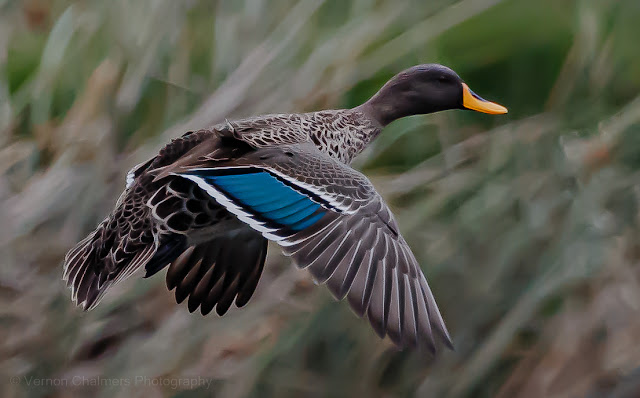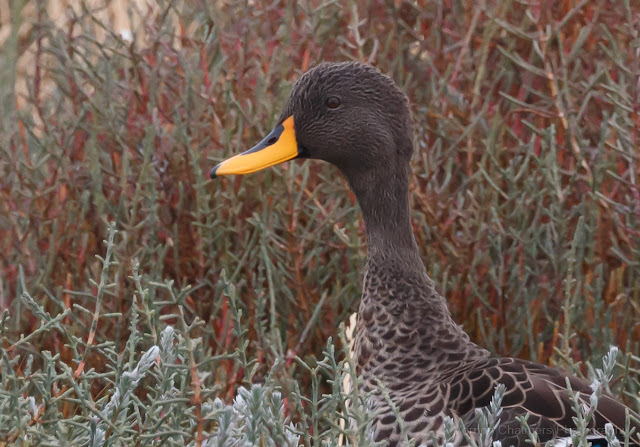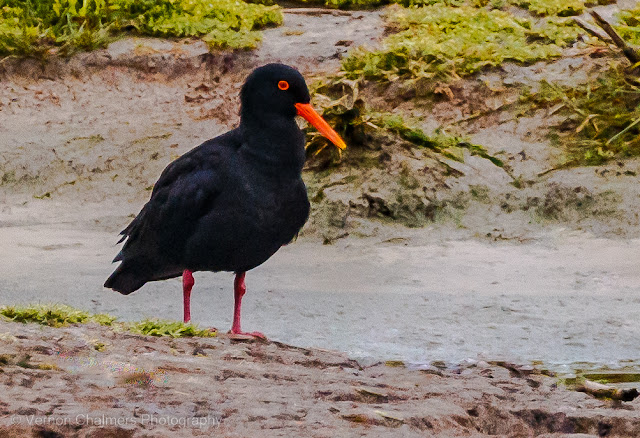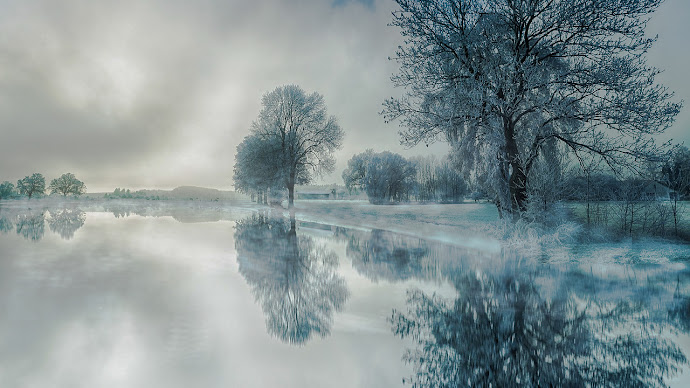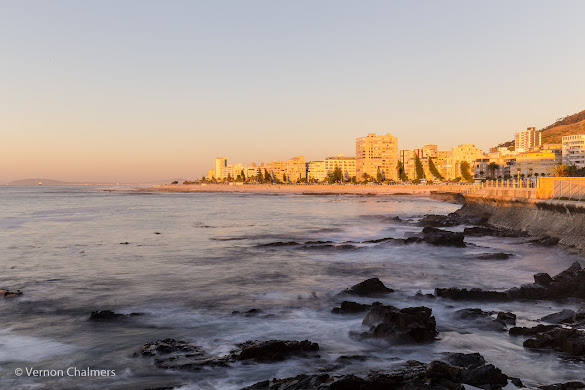 |
| Little Egret in Flight over the Diep River, Woodbridge Island |
I presented the Birds in Flight / Perched Bird Photography theory session to a substantial group of CTPS enthusiast bird photography members in Pinelands during March 2023. Since then we tried to find a suitable Saturday / Sunday morning for the practical session. Only now in November 2023 we anticipated that the weather would provide more favourable conditions in terms of some sun, less wind and improved light conditions. Unfortunately on our outing day it was not the most conducive birding day around here. It looked very much like June / July in Cape Town.
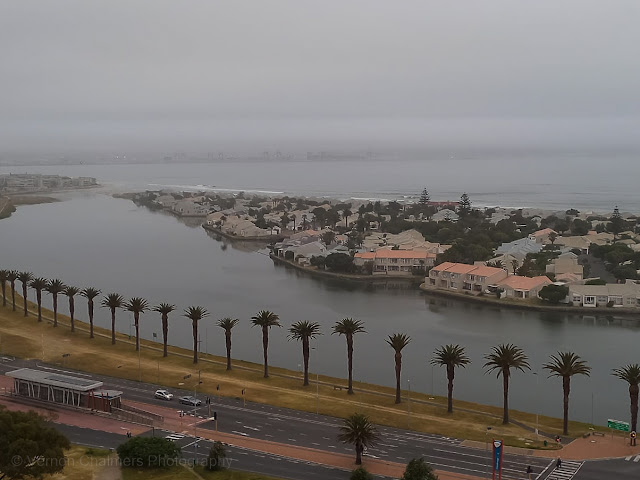 |
| Woodbridge Island Towards Cape Town over Woodbridge Island |
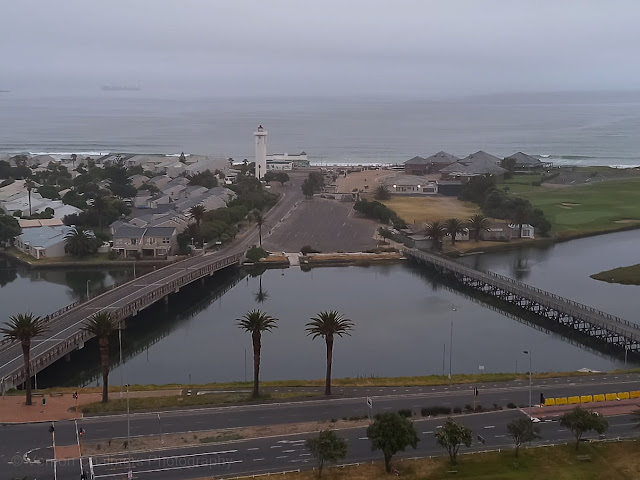 |
| Milnerton Lighthouse / Woodbridge Island |
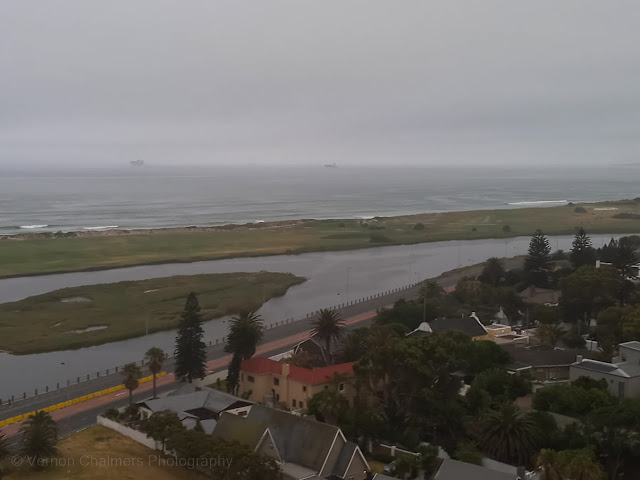 |
| Woodbridge Island, Small Island Surrounded By The Diep River |
 |
| Woodbridge Island / Diep River Towards Bloubergstrand |
This morning became a learning experience for many members trying out their new camera gear and also became an opportunity in shooting in less ideal situations. We took a long hike into the Table Bay Nature Reserve and we encountered 10 – 15 species in-flight an perched birds.
One mistake I made was not to adjust the variable aperture lens to its full 400mm after I captured the above little egret just above the Diep River at 260mm. The consequence was that the rest of my shots were all captured at 260mm. The 40mm focal length would made a significant difference in many of my other shots. I generally only shoot around here with my prime 400mm lens and forgot to adjust the focal length back to 400mm.
I thoroughly enjoyed my morning with the CTPS-members and we will repeat this exercise in January 2024. I really want to expose the club members to the good early morning light quality we mostly do have here in summer and trust our next outing will provide just that.
A Sunday morning well-spent with a group of great people / Cape Town photographers.
Canon Equipment / setting I used:
- Canon EOS 70D APS-C Body
- Canon EF 100-400mm f/4-5.6L USM II lens
- Manual mode @ 360MM
- Aperture: f/5.6
- Auto-ISO: 320 – 800
- Shutter Speed: 1/2500s
- Lens AF on.Lens IS turn off
- Zone AF / 7fps / Handheld
Some of the Birds of Woodbridge Island Photographed
- Little Egret in Flight over the Diep River, Woodbridge Island
- Grey heron towards the back of the Table Bay Nature Reserve
- Yellow-Billed Duck against the Reeds Table Bay Nature Reserve
- Yellow-Billed Duck Portrait in the Table Bay Nature Reserve
- Black Oystercatcher - on the small island adjacent to Woodbridge Island

